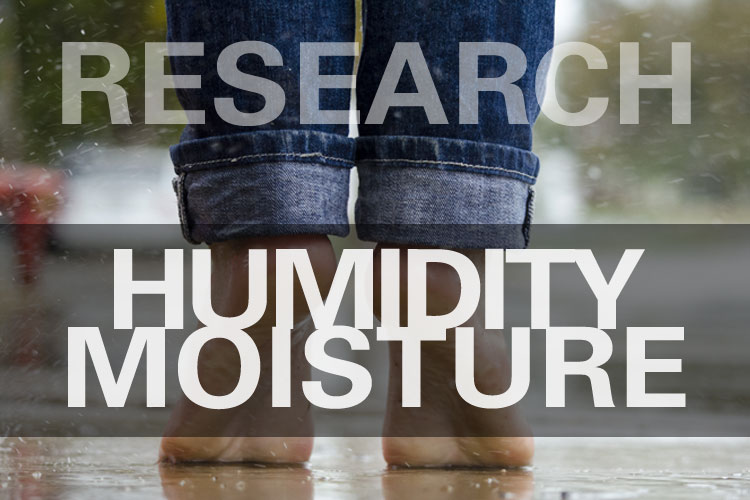Straw bale buildings and the use of earth for inside plaster cannot be considered as new ways of building. Nevertheless, these building techniques are still poorly widespread in Europe. Beside their low impacts on the environment and health, building with straw and earth can lead to low thermal transfer, relatively high thermal inertia and high moisture regulation capacity.
The present paper presents simulations results using WUFI Plus software. The software calculates multi-zone transient hygrothermal performances of a building. The building introduced in the simulations is the small office building of the young Belgian company Paille-Tech. The different cases show the impacts of heating and ventilation systems with straw bales walls compared to complementary cases where walls are replaced by masonry walls with external or internal insulation with equivalent thermal transmission factor. The results are presented to analyze the evolution of inside comfort conditions (air and surface temperature, humidity and CO2 concentration) and annual energy demand. The influence of the thickness of earth plaster, of the moisture content of straw bales and of the setpoint temperature distribution is further discussed.
The paper concludes that the strong moisture regulation capacity of straw bale walls could not be linked with a significant increase in comfort feeling. Yet, they can compete with the use of heavy masonry insulated from outside. The paper supports the development of appropriate use of straw bales and earth plaster in building design aiming to build global sustainability and high comfort feeling of inhabitants.
Author:
Evrard, Arnaud



